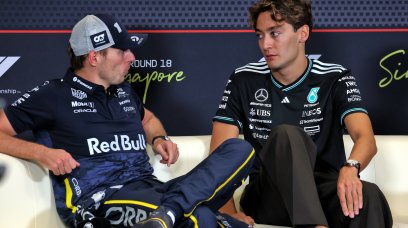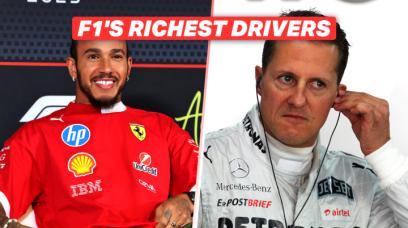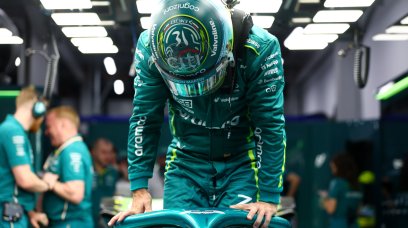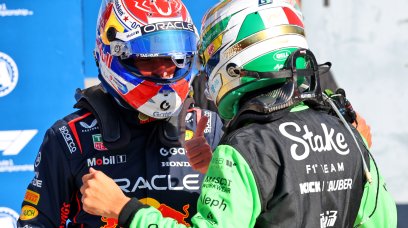McLaren are just a few days away from revealing their new MCL36, with the team's first car built to the new 2022 F1 regulations set to be unveiled to the world on 11 February. F1 heralds a new technical era this year, meaning there is very little technology or parts transfer from 2021 into the new machines – an obviously major hurdle for the technical and manufacturing departments at each team. Another aspect is the tightening of the budget cap, which shrinks by $5 million dollars to kerb team spending to $140 million dollars across 2022. These considerations should make the teams leaner operations over the coming seasons, but it also means there are unforeseen side effects as they attempt to restrict their operational spending. McLaren Operations Manager Piers Thynne has revealed that the Woking-based team will have fewer spare parts available this season as the manufacturing departments "pull different levers" to balance expenditure. "[A] lever we can pull is making production as lean is it can be," he explained to the official McLaren website. "We're manufacturing fewer [spare] parts. That, again, is a cultural shift, but it will allow greater flexibility to consider upgrades. "It's a difficult trade to make but we will have smaller quantities of parts available for the MCL3636 than we had for the '35M, to have room in the budget to deliver more performance."
The balance between spare parts and upgrades
Thynne made clear, however, that there is no danger of the team running out of parts, even if Lando Norris and Daniel Ricciardo take it upon themselves to damage the cars on a regular basis. "We're not going to ever have too few parts to run the cars; we'll always protect that," he explained. "But where in the past we would have made five or six parts, we're dropping to five; where it was four or five, we're dropping to four. "Where there are multiple set-up options of a part to fit, we're considering rationing how those choices are made, collaborating with the race engineers to make sure we're providing the choices they will want to use, rather than the choices they might want to use – because every pound counts and we've got to make sure we're spending wisely." Thynne added that McLaren have introduced a type of 'live counter' to show, in monetary terms, just how much each component costs. The move will allow all personnel involved in the creation of the car to understand the cost implications of any tweaks and design changes, rather than simply being able to throw money at an idea to evaluate it. "We now have a live costing tool for many parts that allows everybody to understand cost much better," he said. "Again, collaboration is key, in this case using experience from across the team to evaluate parts at the concept stage, while they're still in design, to make sure we're owning the manufacturability of a part. "Making sure known issues have been corrected; making sure when we're using expensive raw materials or difficult and time-consuming processes, it really does need to be done in that way and we can honestly justify it."
Most read







